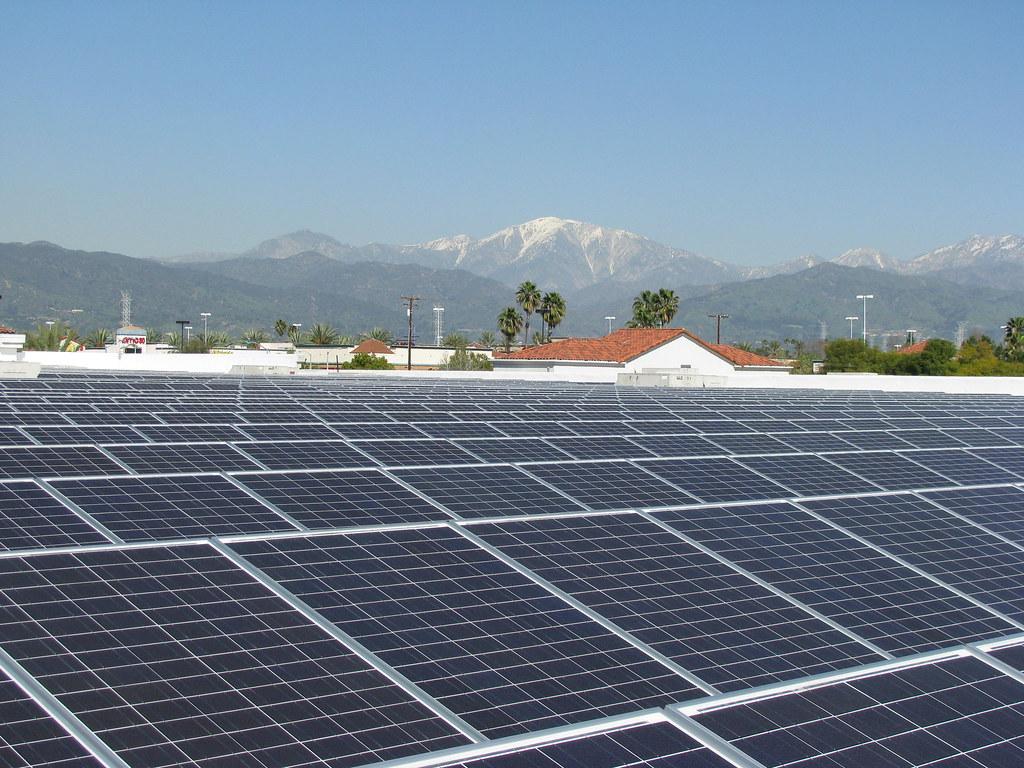
Every source of energy comes with risks and hazards. In the case of rooftop solar panels, the overall risks may be low compared to natural gas, heating oil and other electrical systems in a building. Nevertheless, such risks are a factor that needs to be addressed, as recently demonstrated by the cases of Walmart’s dealings with Tesla and the retailer's legacy SolarCity power generation systems.
How safe is rooftop solar?
Despite the media attention on Walmart and Tesla, global data demonstrate that rooftop solar fires are extremely rare. Rooftop solar technology, the standard practices and standards involved with these installations and finally, workforce training have all matured over the past decade.
A study of rooftop solar fires in Germany, for example, found that only 0.006 percent of all rooftop arrays installed in that country over a 20-year period had caught fire. Additionally, in more than half of those cases the solar system itself was not at fault.
Here in the U.S., the Department of Energy coordinates with fire fighters, SEIA (Solar Energy Industries Association) and other industry stakeholders on protocols for responding to situations involving rooftop solar panels. A substantial body of training literature has been developed, as with many other potential hazards in buildings including gas lines, oil tanks and other flammable or hazardous materials stored on site.
A high-profile fight over rooftop solar panels
The safety of rooftop solar panels has contributed to their popularity, partly fueled by Walmart as well as Target, Amazon and many other leading U.S. companies.
These big solar purchasers have played a critical role in the growth of the U.S. solar industry. They have helped to accelerate economies of scale, support new financial tools, promote public awareness and build the solar workforce. All of this activity leads to lower costs for all solar buyers.
Tesla has also played an instrumental role in pushing the market for clean tech. Though better known for its eponymous Tesla line of electric vehicles and its highly visible CEO Elon Musk, in 2016 the company also invested heavily in rooftop solar through its acquisition of the leading developer SolarCity.
That vanguard status, though, attracts the media spotlight when things go wrong.
On August 20, Walmart attracted a flurry of media attention when it took Tesla to court over work performed by Tesla’s SolarCity arm on a rooftop photovoltaic (PV) contract involving approximately 244 Walmart stores.
According to a timeline published by Reuters, the contract covered work performed between 2010 and 2016.
Between 2017 and 2018, solar panels installed under the terms of that contract caught fire at seven Walmart stores. Joint inspections by the company and Tesla at other stores revealed potential fire hazards, including solar panel “hotspots,” at other locations.
By the spring of 2018, Tesla disconnected all of the rooftop solar systems — a prudent decision, considering the results of the inspections. In the court filing, Walmart states that Tesla ultimately provided it with 29 inspection reports covering 157 items requiring action.
Of the actionable items, 48 included issues with wiring, grounding and broken solar panels with hotspots, as reported by media outlets including Reuters.
In another twist involving new technology, Walmart attributes part of the installation shortcomings with Tesla's reliance on drones. According to Walmart, the drone inspections “lacked sufficient resolution to find panel ‘hotspots.’”
Walmart wants its day in court
There have been some additional twists and turns in the case, but the upshot is that Walmart was not satisfied with Tesla’s plans to remediate the situation.
That brings the state of affairs up to August 20, when Walmart filed a lawsuit in New York State Supreme Court, accusing Tesla of a “cavalier” response to the fire hazards and charging that the company is “incapable of providing maintenance and inspection services sufficient to ensure the safety of Walmart’s customers, employees and property.”
CNBC has additional details related to alleged flaws in SolarCity’s business model, inherited by Tesla, that may have contributed to the installation problems. An August 21 column in the Los Angeles Times also calls attention to the ripple effect of the SolarCity acquisition on Tesla’s brand reputation.
Working out the rooftop solar panel problems
Apparently, the legal activity caught the attention of decision-makers at Tesla. As of this writing, the two companies have publicly pledged to work on the solar panel problems together, with the goal of reconnecting all of Walmart’s solar arrays after “all parties are certain that all concerns have been addressed.”
The statement also reaffirms a broader goal that the two companies have in common, concluding that “we look forward to pursuing our mutual goal of a sustainable energy future.”
Meanwhile, though, Walmart’s lawsuit is still on file and new troubles may be on the horizon. Last week, Amazon, another leading solar adopter, said that one of its SolarCity rooftop arrays caught fire last year.
Lessons learned: more data on rooftop solar panels needed
One good thing to emerge from this public fight is the need to collect national data on fires involving rooftop solar panels.
Though other countries like Germany keep close tabs on solar panel risks and hazards, here in the U.S. fires involving rooftop solar panels may be counted in other categories, including electrical systems and appliances.
Meanwhile, the fight between Walmart and Tesla is unlikely to stall the demand for rooftop solar across the U.S.
Despite a lack of action on the part of federal lawmakers, strong state-level renewable energy policies, corporate demand, and new cost-cutting tools will continue to propel the U.S. solar market while the two corporate behemoths settle their differences.
Image credit: Walmart/Flickr

Tina writes frequently for TriplePundit and other websites, with a focus on military, government and corporate sustainability, clean tech research and emerging energy technologies. She is a former Deputy Director of Public Affairs of the New York City Department of Environmental Protection, and author of books and articles on recycling and other conservation themes.














